Is Someone Snooping in Your Stuff? How to Secure Your Personal Space
It’s a nagging feeling you can’t shake. The way your desk papers are almost how you left them. The closet door that’s not quite shut. The unsettling sense that your private sanctuary—your room, your office, your personal drawer—has been visited.
When you live with roommates, family, or even have regular service providers in your home, the issue often isn't about theft. It's about privacy. It's about knowing your personal boundaries are respected. You deserve a space that is unequivocally yours, a place where you can be certain of your privacy.
So, how can you know for sure if someone went in your room? And more importantly, how can you secure your personal space without creating conflict or installing complex, expensive systems?
The Telltale Signs of a Snooper
Before you jump to conclusions, let's cover the classic signs that someone might be violating your privacy. Do any of these feel familiar?
Things are "off." Objects on your desk or nightstand are slightly moved, turned, or out of place.
Doors or drawers are ajar. You know you closed that closet door or desk drawer, but now it’s slightly open.
Digital clues. Your computer's sleep screen is off, or your browser history has been accessed.
"Helpful" organizing. Someone has "tidied up" a space you know you left messy, revealing they were in a place they shouldn’t have been.
Missing items that reappear. Sometimes a snooper borrows something and returns it, but not to the exact same spot.
Trusting your gut is important, but getting concrete confirmation is better. That’s where you can move from suspicion to certainty.
Why a Simple Lock Isn't Always the Solution
The first instinct for many is to put a lock on the door. While it can be a deterrent, it has its downsides in a shared living environment.
It can feel aggressive. In a family or roommate situation, adding a heavy-duty lock can send a confrontational message.
It’s not always possible. If you're renting, your lease may forbid you from changing locks.
It doesn't give you information. A lock can stop someone, but it can't tell you if they tried to get in.
You need a solution that is discreet, easy to install, and gives you information.
The Smart Solution: Discreet Monitoring for Ultimate Peace of Mind
This is precisely why we designed the Kangaroo Motion+Entry Sensor. It's the perfect tool for guarding your personal spaces because it's built for discretion, simplicity, and immediate peace of mind. Here's how it works:
Bedroom & Office Door Security: Place the sensor on your bedroom door and its frame. The second your door is opened, a notification is sent directly to your smartphone.
Ultimate Closet Security: Stick the sensor on your closet door for the same instant alert.
The "Motion Sensor for Drawer" Solution: Place the entire compact unit inside a private desk drawer. The motion sensor is triggered the moment the drawer is opened, and you get an alert.
The Motion+Entry sensor is the perfect tool for knowing your boundary has been crossed. But what if you need to know who crossed it? This brings up an important choice in how you secure your space.
Deciding Your Strategy: Knowing vs. Seeing
| Feature | Motion+Entry Sensor | Indoor + Outdoor Camera |
|---|---|---|
| Primary Goal | Knowing that a space was entered | Seeing who entered the space |
| Discretion Level | Very High (can be hidden in a drawer) | Moderate (visible placement) |
| Alert Type | Instant Push Notification | Push Notification with Video Clip |
| Best For | Proving a suspicion, boundary setting | Gathering undeniable evidence |
From Knowing to Seeing: Adding Visual Confirmation
For situations where you need undeniable proof, the next step is visual confirmation. The Kangaroo Indoor + Outdoor Cam gives you a clear view of your personal space right on your phone.
It's the perfect partner to a motion sensor, giving you the ability to:
Get Undeniable Proof: Receive a short video clip the moment motion is detected, so you can see exactly who entered your room and when.
Check In Live: Use the Kangaroo app to view a live feed of your room at any time, from anywhere.
Use Two-Way Talk: Hear what's happening and even speak through the camera's built-in speaker.
An Important Note on Ethics and Legality: Remember to use cameras responsibly. It's generally permissible to place a camera in your own exclusive space (your bedroom), but not in shared areas where people expect privacy (like a bathroom). Always check your local laws and lease agreements to be sure.
Frequently Asked Questions (FAQ)
-
Absolutely. The Kangaroo Motion+Entry sensor is small and battery-powered, making it perfect for discreet placement inside drawers, cabinets, or even a safe. The motion detection feature will trigger an alert when the drawer is opened.
-
While laws vary, it is generally permissible to place a camera in your own private room. It is not permissible to place it in shared spaces where there is a reasonable expectation of privacy. We always advise checking your local regulations.
-
It depends on your goal. For a discreet way to simply know if your space was entered, the Motion+Entry Sensor is perfect. For undeniable visual proof of who entered, the Indoor Camerais the better tool.
Stop Guessing and Start Knowing
Your personal space is sacred. Feeling secure within your own home isn't a luxury; it's a necessity. Stop the cycle of doubt and suspicion. For less than the price of a few coffees, you can get the definitive answers you need and the peace of mind you deserve.

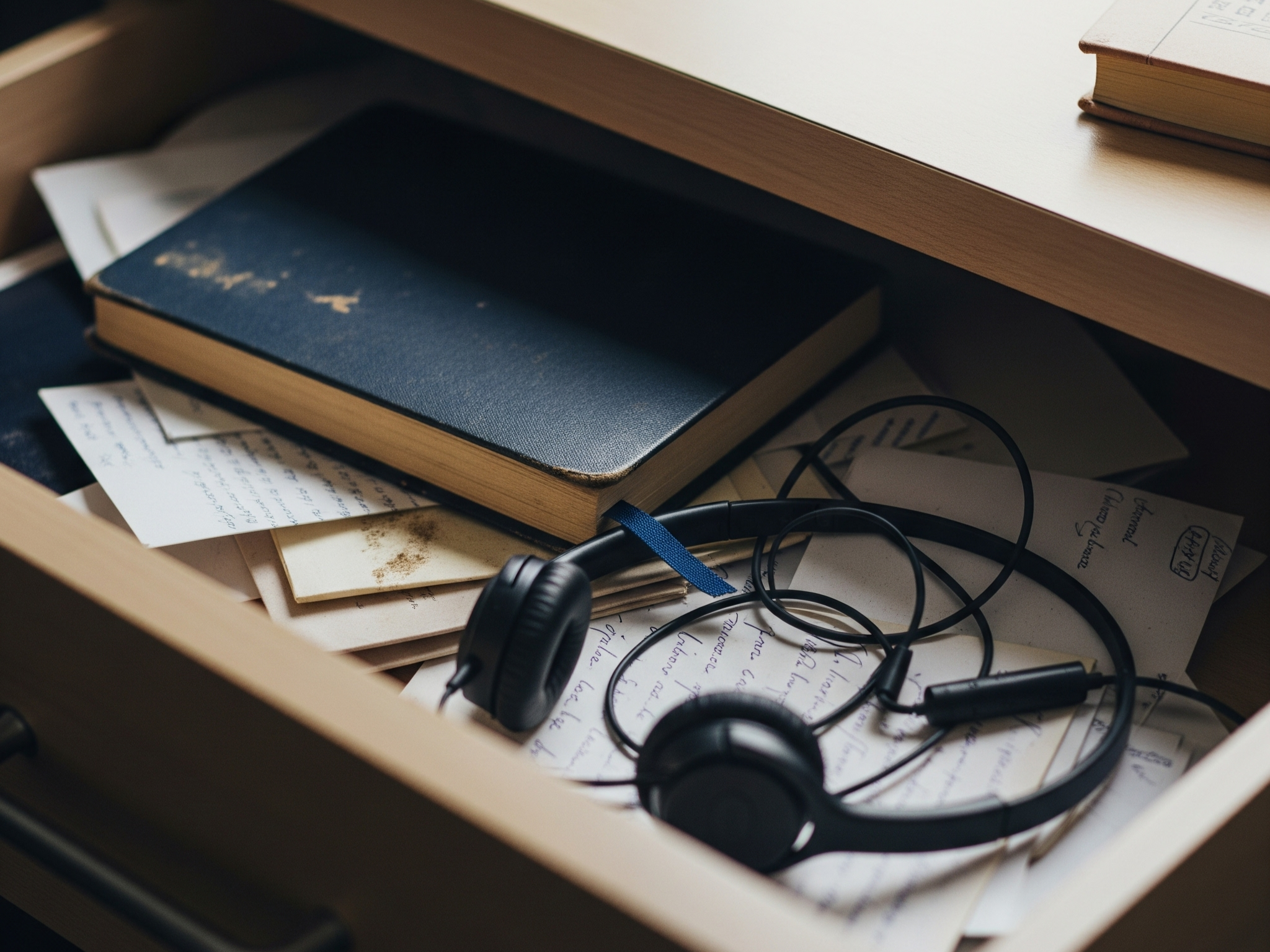
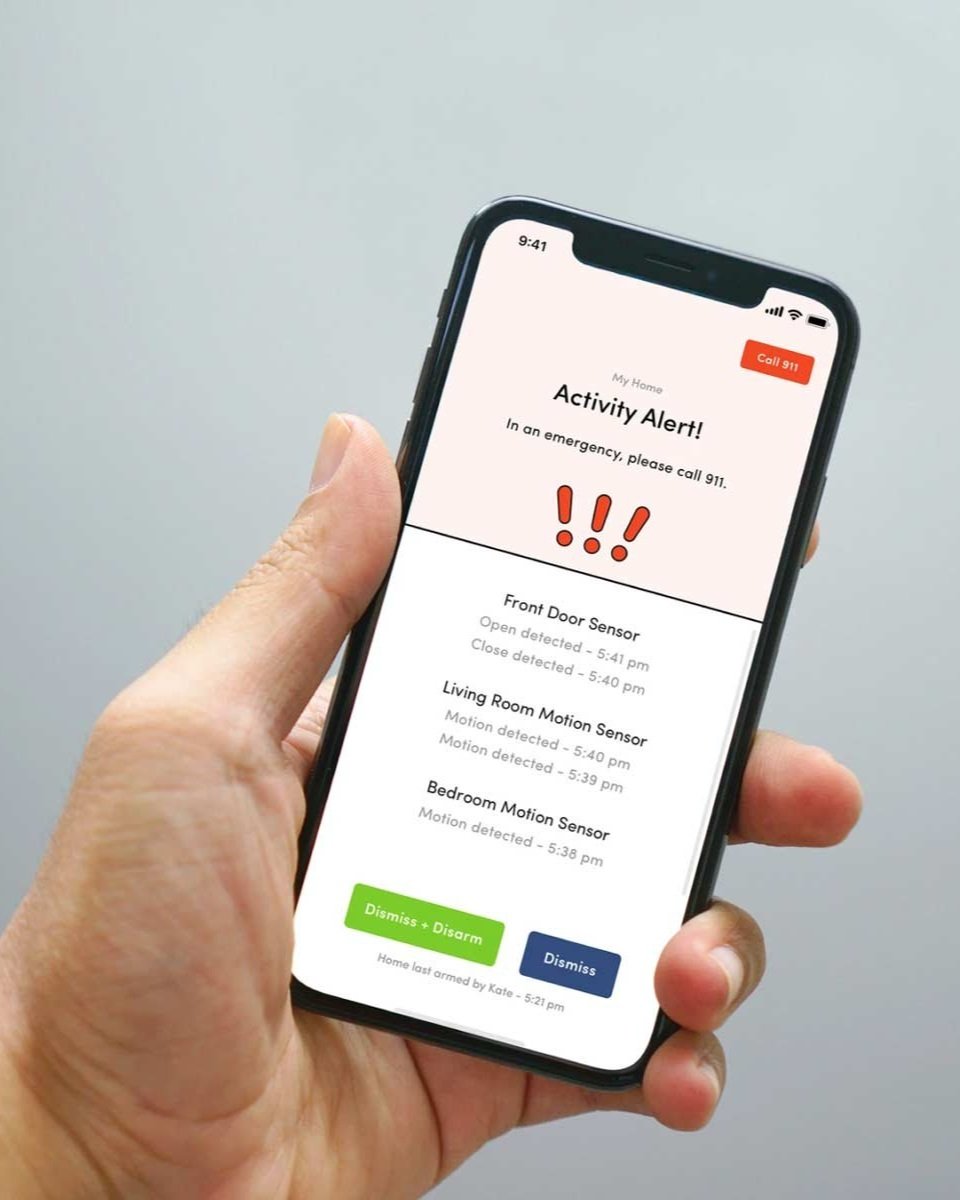

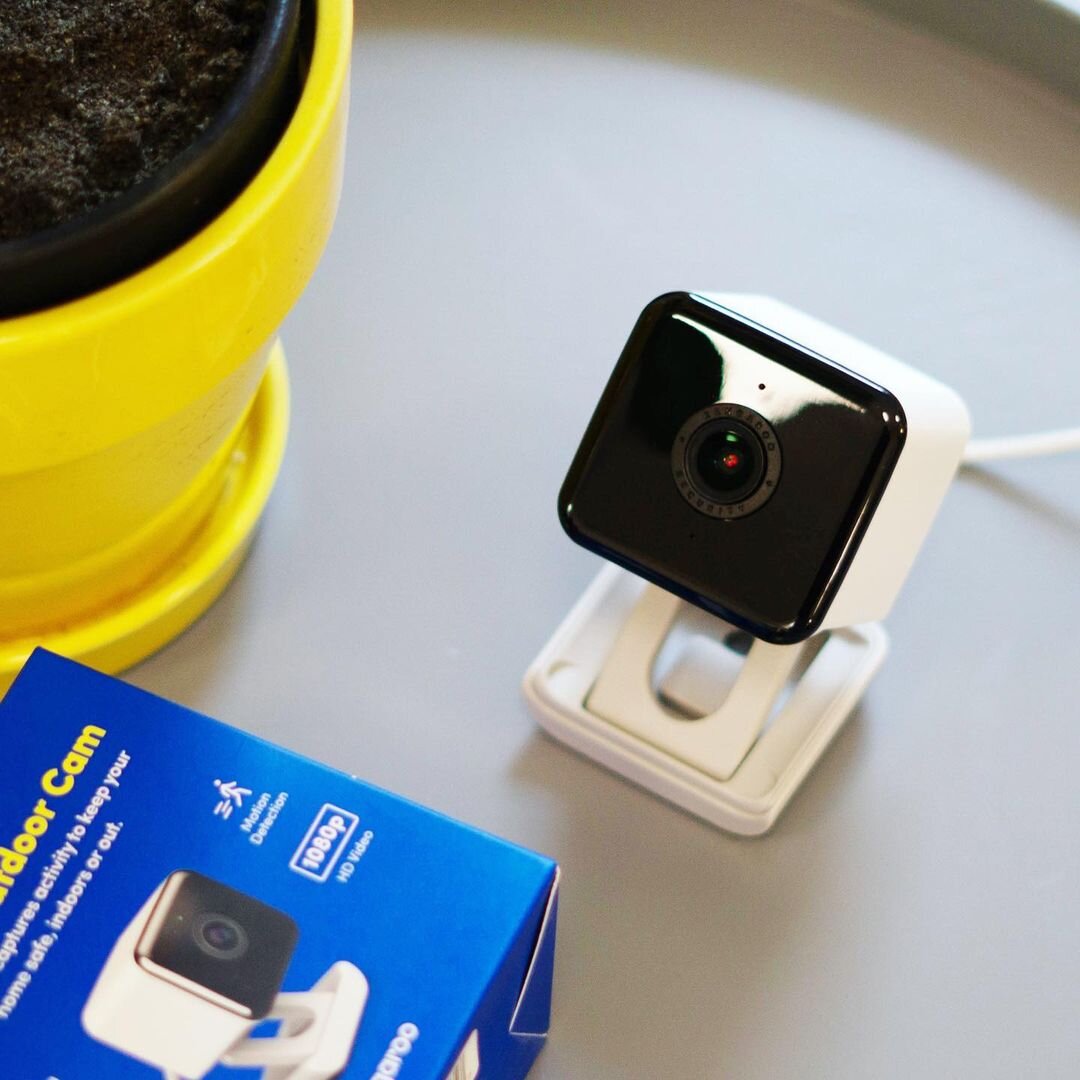

![[QUIZ] What's Your Home's True Security Vulnerability Score?](https://images.squarespace-cdn.com/content/v1/6047adb1f3383c71b64f494b/7b99bd74-f07d-42ae-a096-72ee222bde79/IMG_4306.jpg)



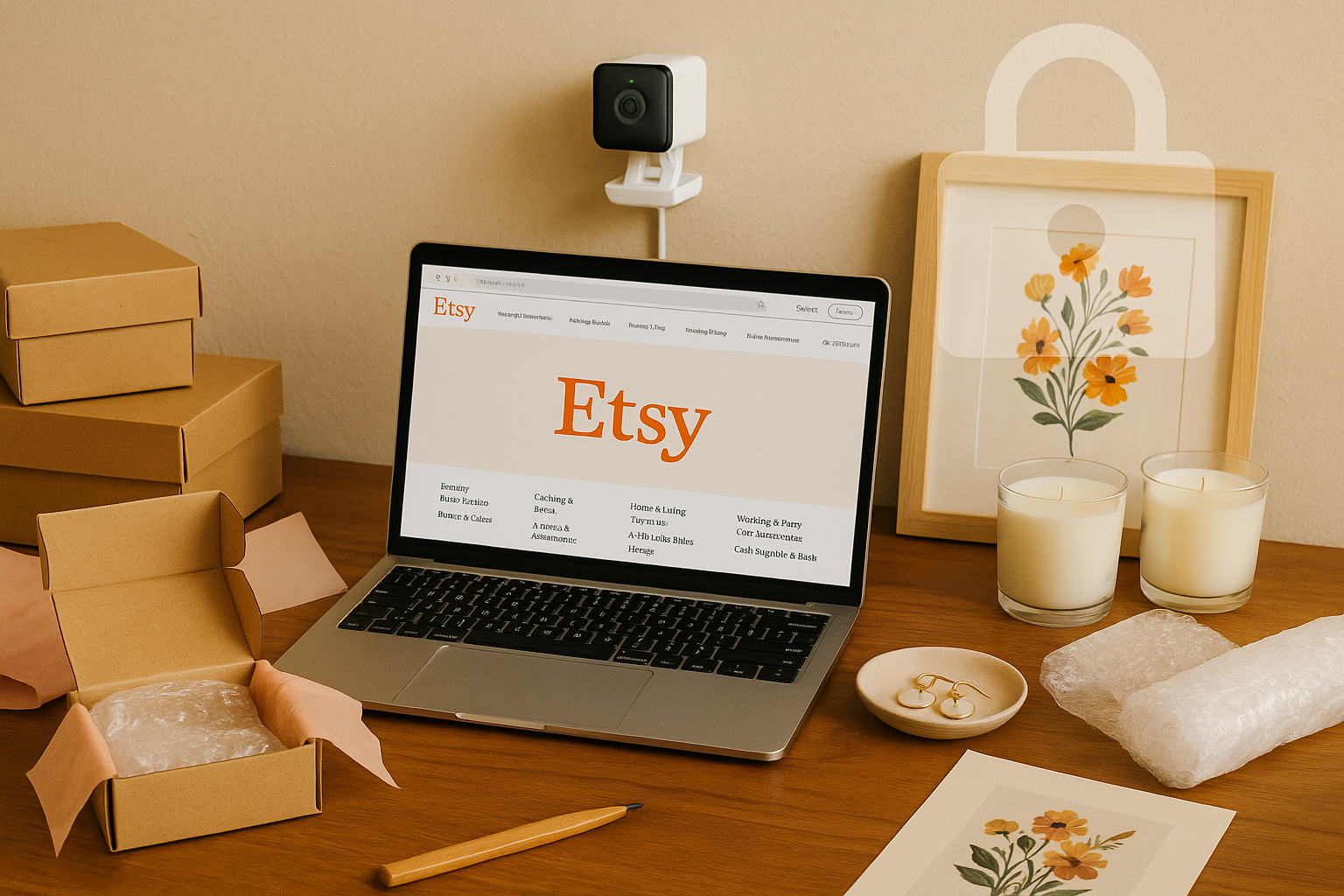

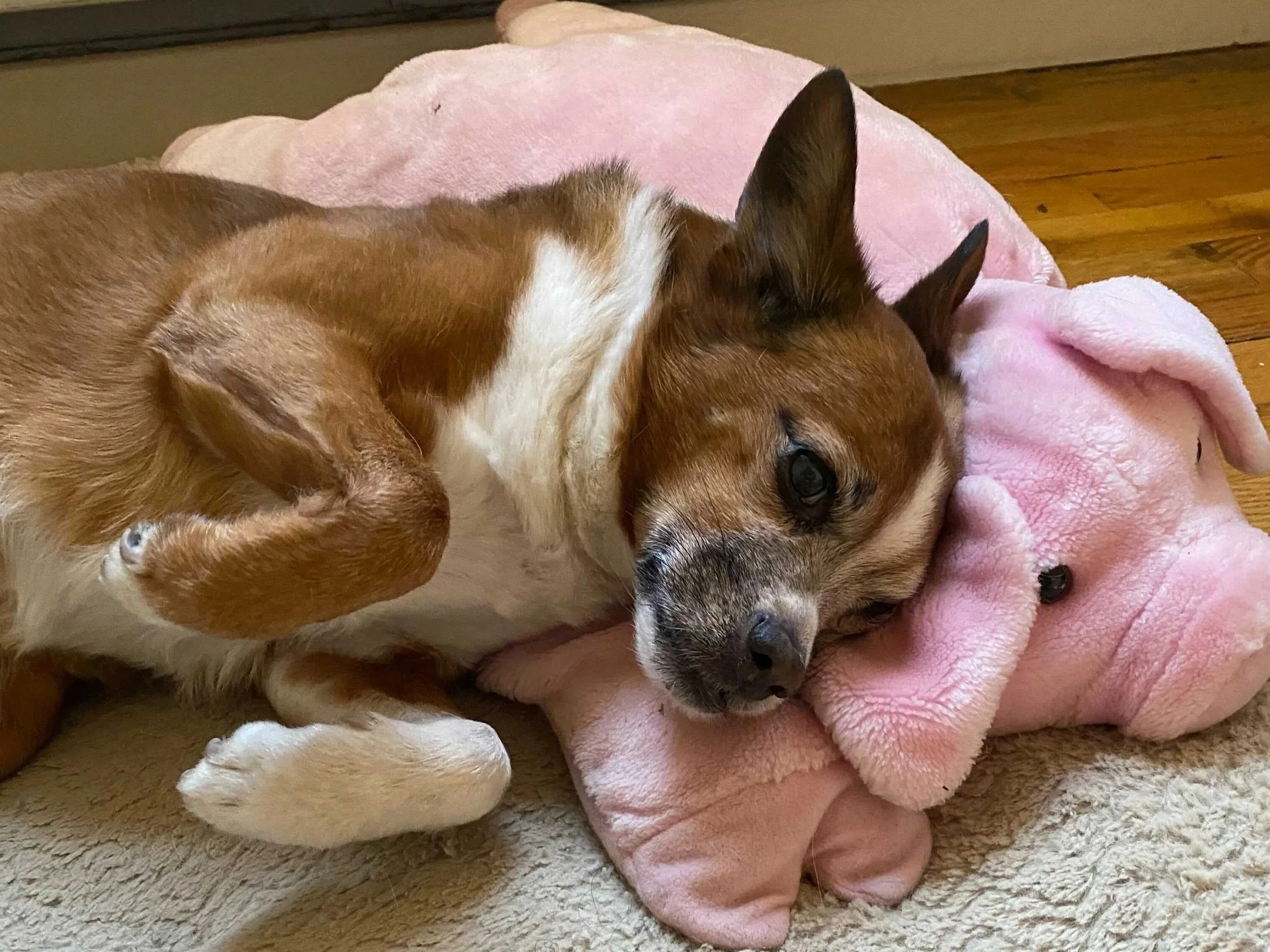

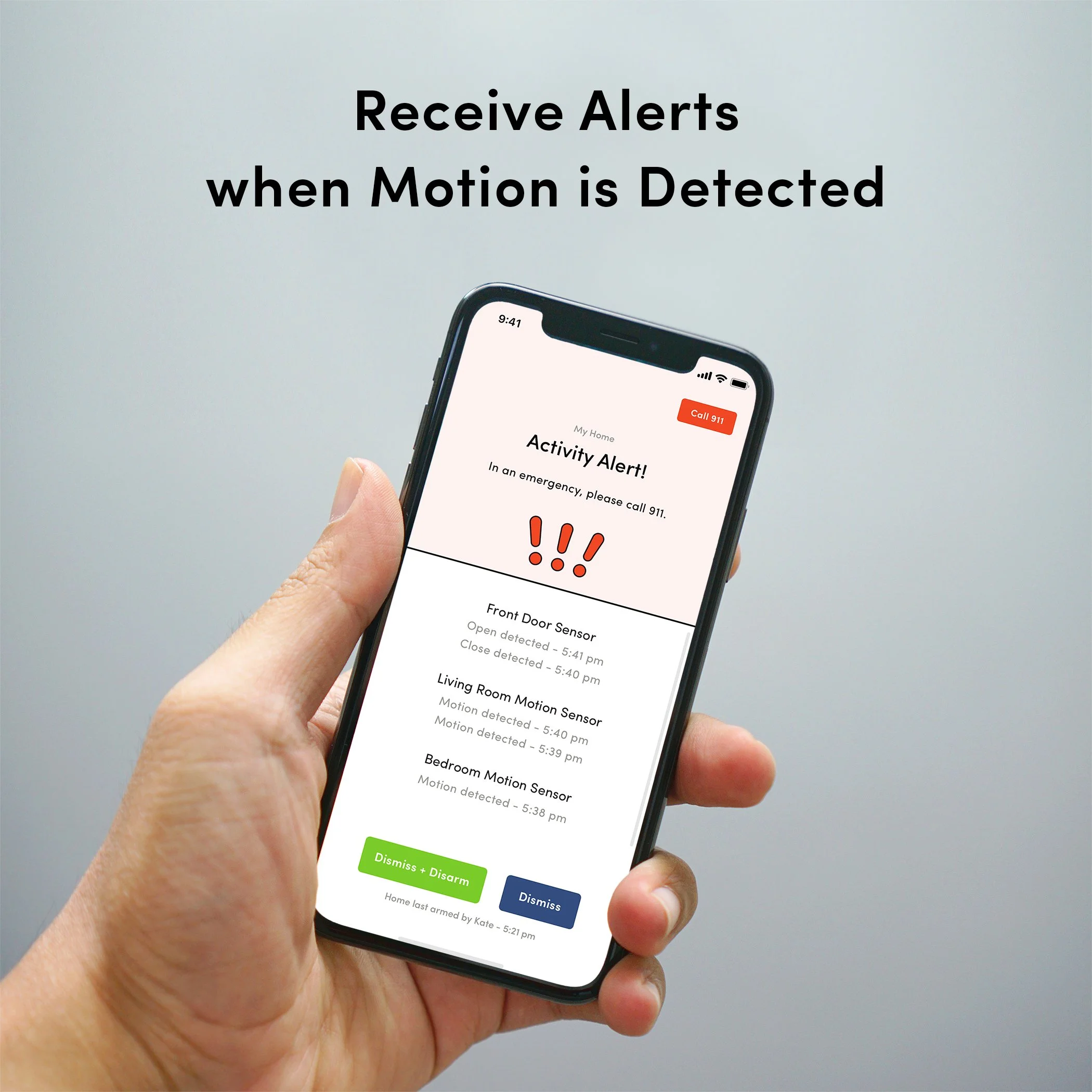





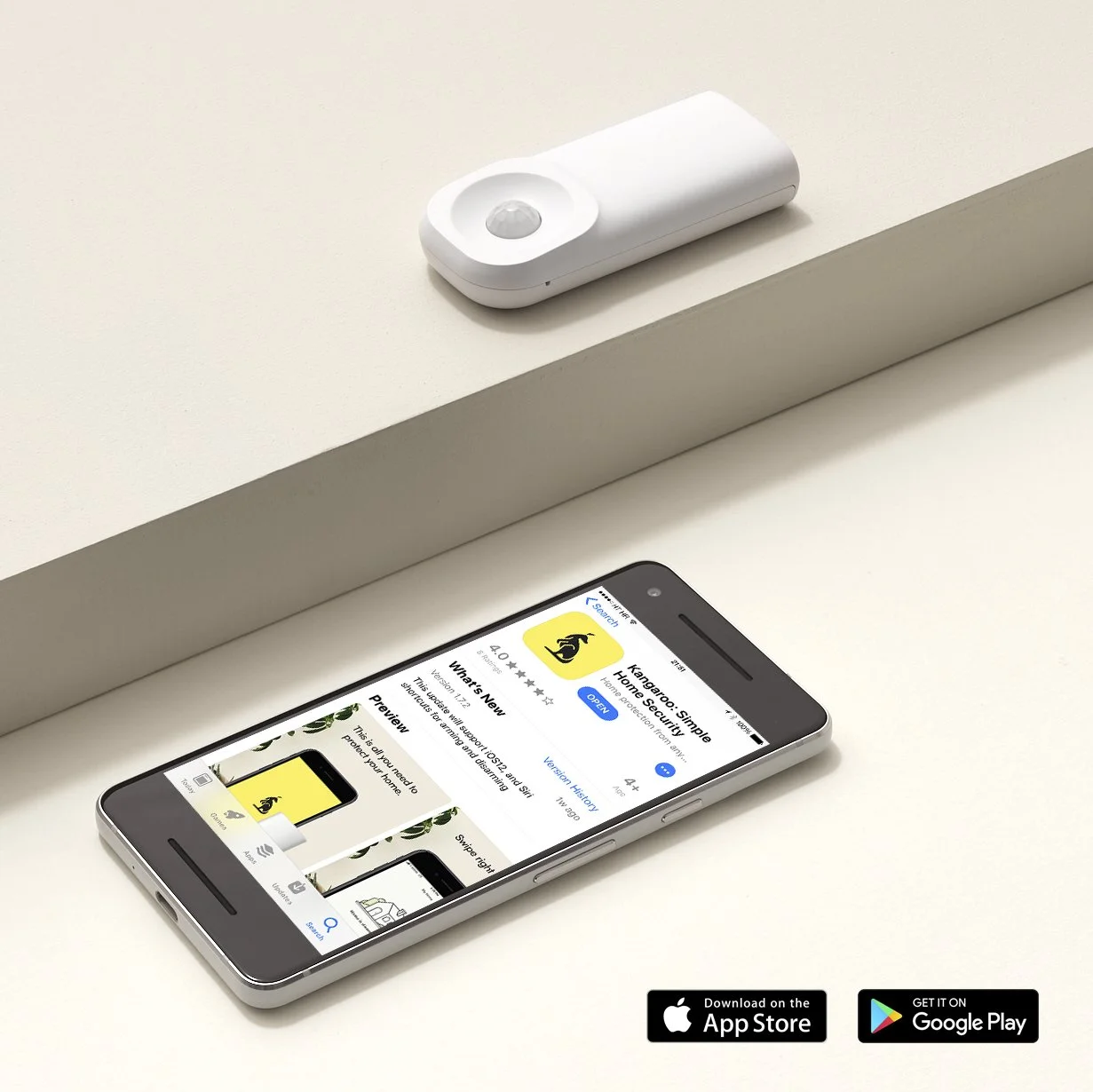
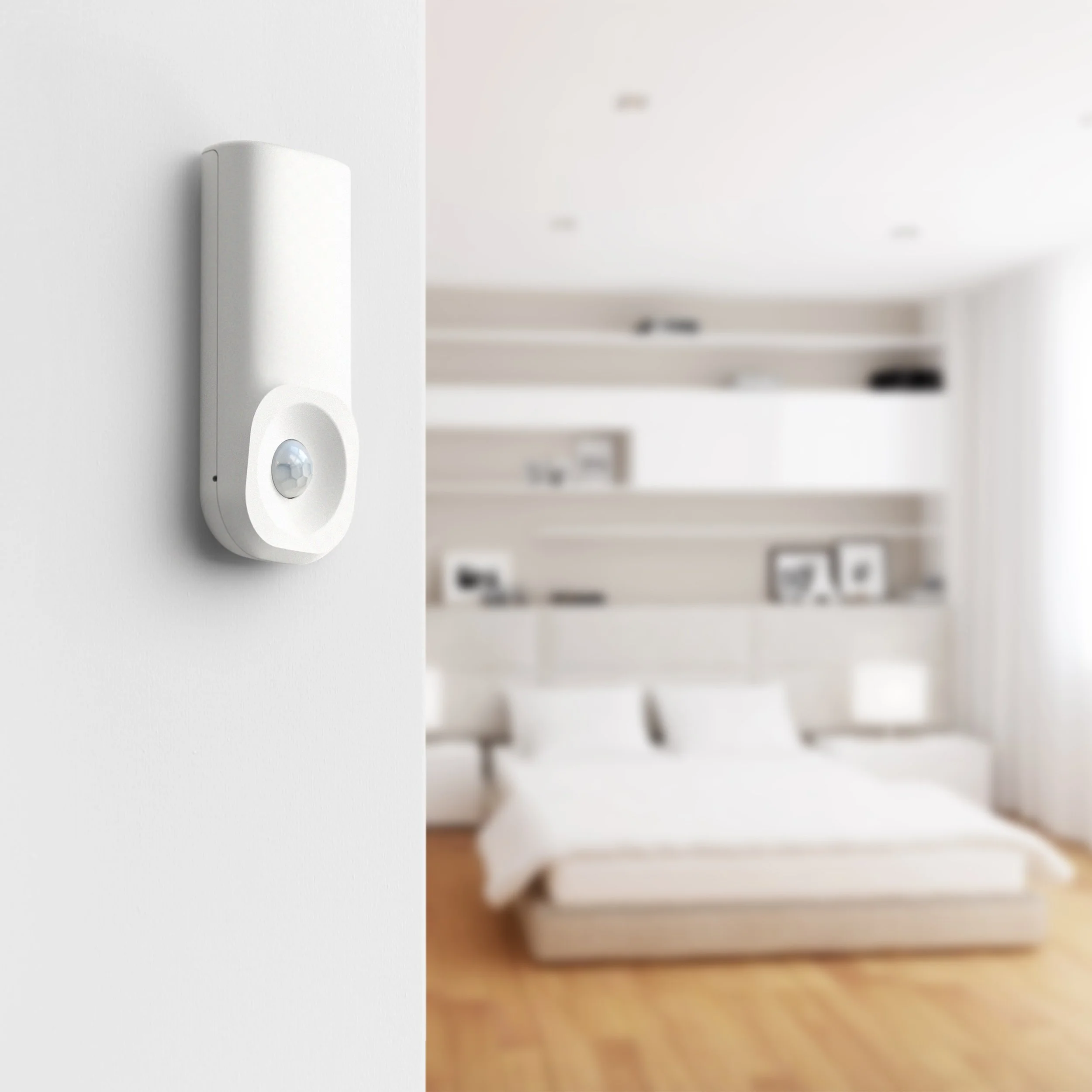

Think more cameras mean more safety? Discover 3 ways an over-secured home can attract burglars and learn why smart, discreet security is the better choice.